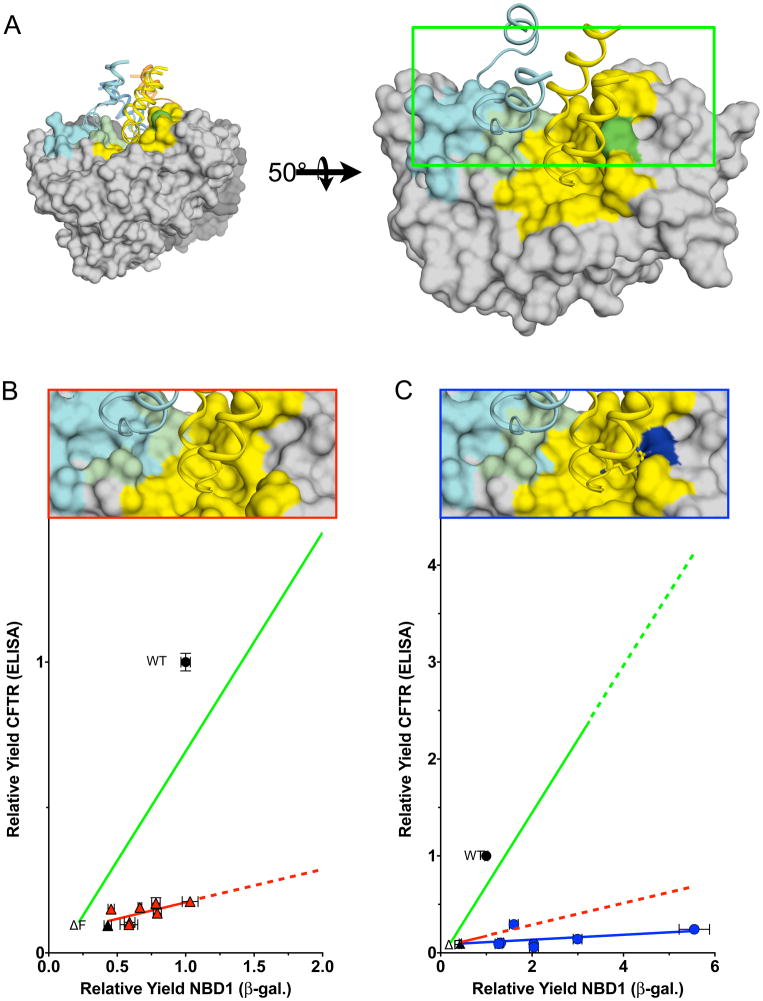Figure 5. ΔF508 and 508 Missense Mutations Influence the Correlation of CFTR Maturation with NBD1 Folding Yield.
(A) View of the CFTR NBD1 ICL1/4 interface, as described in Figure 1B. (B) Deletion of the F508 residue creates a pocket on the NBD1 surface near the predicted ICL4 interface (compare ΔF508 Figure 5B, pdb 3SI7, to wild type Figure 1C, pdb 1R0W). See also Table S1. Previously identified second-site suppressor (I539T, G550E, R553M, R555K, and 3M) but not the 508-coupled mutants (D529F and S573E), increase the yield of ΔF508 NBD1. The correlation between increased NBD1 yield and relative yield of ΔF508 CFTR is shallower (red line, m = 0.10, R = 0.36) than wild type (green line, m = 0.75, R = 0.85). See also Table S2. (C) F508K, F508R, and F508K in combination with I539T, G550E, R553M, R555K, and 3M mutations increase folding yield of NBD1, but exhibit no corresponding increase in CFTR maturation yield (dark blue circles and line, m = 0.03, R = 0.40).

